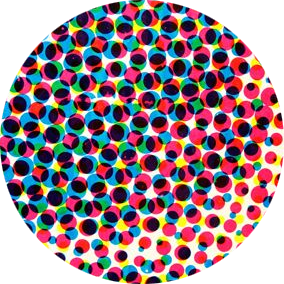Supersex in the Silver Age

DC’s #SilverAge comics promote family values & the “American Way” while simultaneously spotlighting wild transformations & decidedly non-normative family units. In “Superman Family Values: Supersex in the Silver Age,” Matt Yockey discusses the symbolic value of this tension. 1/11

Yockey opens his essay by highlighting “the dialectic of the familiar and the strange” in this pinup of “The Superman Family” drawn by Curt Swan. It originally appeared on the back cover of Superman Annual #6 (1962) and was reprinted multiple times throughout the ’60s. 2/11

In this family that includes multiple sets of parents as well as merpeople, aliens, and super-pets, “Everything that is marked as heteronormative… is inflected with a strong sense of the uncanny, and that which is unfamiliar is coded as part of the heteronormative.” 3/11


Yockey argues the sustained tension between the normal & the strange (or the heteronormative & the queer), “allow[s] young readers to symbolically affirm their own powers of cognitive reproduction—their desire and ability to imagine multiple & non-normative subjectivities.” 5/11

For Yockey, the radically changing body of longtime Daily Planet reporter/Superman love interest Lois Lane, “is particularly useful for understanding how the process of self-alienation/self-recognition is carried out in Silver Age Superman comic books.” 6/11


Lois’ transformations non-infrequently destabilize socially constructed gender roles, as in the story “Beware of the Bug-Belle!” from Superman’s Girl Friend Lois Lane #69 (1966), where Lois assumes Superman’s heroic duties while he’s away in space—by becoming insectoid. 8/11

Borrowing Lana Lang’s Insect Queen costume & “bio-genetic ring” given to her by “an insect man from another world,” Lois becomes a “dragonfly girl,” a “hawk moth maid,” a “mosquito maid,” a “scorpion girl,” and a “water beetle woman” in order to stop a gang of armed thieves. 9/11

The story climaxes with Lois and Lana—ostensible rivals for Superman’s affections—transforming into Kryptonian insects to rescue him in “an act that not only realizes their shared love of Superman but also their desire to be superheroes themselves.” 10/11

Yockey ultimately underscores the false binarism of “adult” realism & “childish” fantasies. “Rather than a recursive recapitulation of trauma, these Silver Age stories offer a means by which trauma can work in service of renewal and regeneration, of life rather than death.” 11/11
